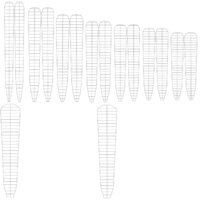Mockingbirds are notorious cat attackers.
Here's an Iray render of my Common Poor-will, a nightjar that often seen in our yard at dusk, camped on the ground, patiently waiting to hawk Sphinx Moths. I was searching my library looking for an environment/ground texture that holds up well to close focus and went, duh! lol... why not use my Sagebrush Habitat, after all, that's what I created it for (to hold up to close focus shots).
View attachment 34852
The common poor-will is the only bird known to go into torpor for extended periods (weeks to months). This happens on the southern edge of its range in the United States, where it spends much of the winter inactive, concealed in piles of rocks. This behavior has been reported in California and New Mexico. Such an extended period of torpor is close to a state of hibernation, not known among other birds.
I can't believe how real this looks. So well done. Certainly a favorite.


